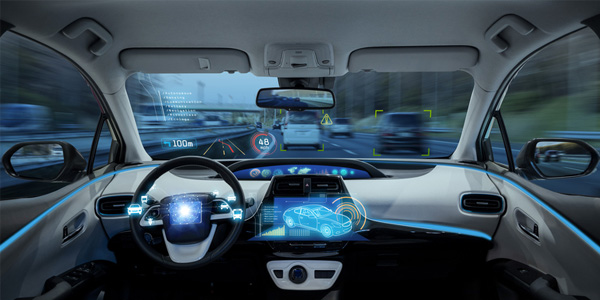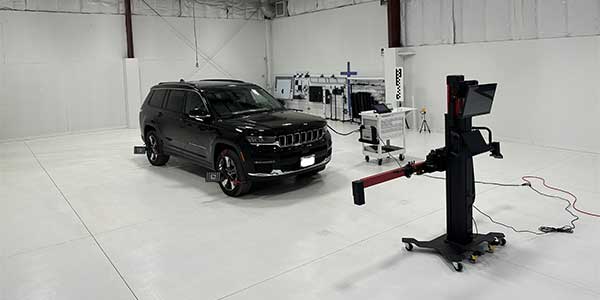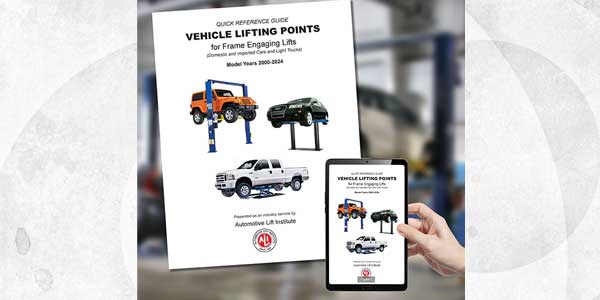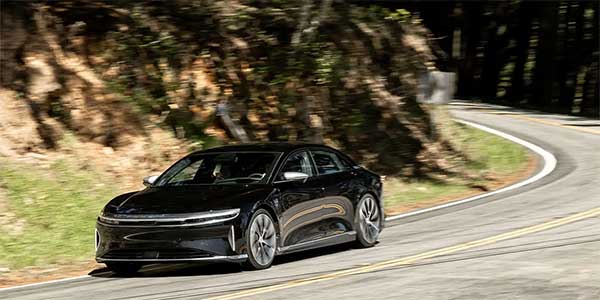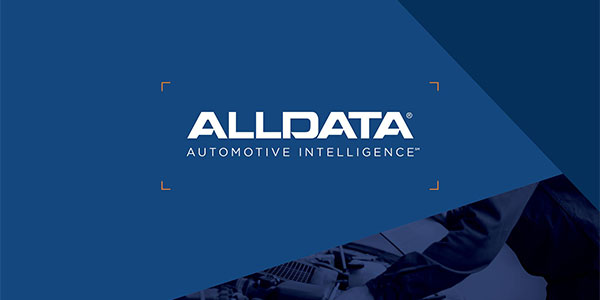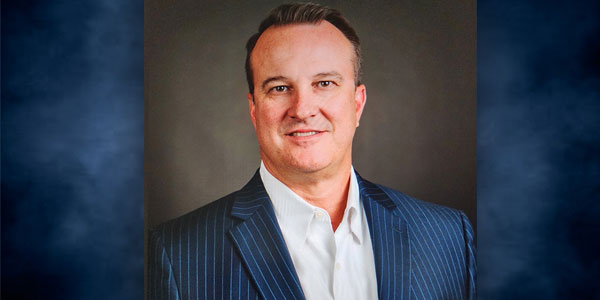AAA automotive researchers found that over the course of 4,000 miles of real-world driving, vehicles equipped with active driving assistance systems experienced some type of issue every eight miles on average.
Researchers noted instances of trouble with the systems keeping the vehicles tested in their lane and coming too close to other vehicles or guardrails. AAA also found that active driving assistance systems that combine vehicle acceleration with braking and steering often disengage with little notice, almost instantly handing control back to the driver – a dangerous scenario if a driver has become disengaged from the driving task or has become too dependent on the system.
AAA recommends that manufacturers increase the scope of testing for active driving assistance systems and limit their rollout until functionality is improved to provide a more consistent and safer driver experience.
Active driving assistance, classified as Level 2 driving automation on a scale of six (0-5) created by the SAE International, are advanced driver-assistance systems (ADAS) that provide the highest level of automated vehicle technology available to the public today. This means for a majority of drivers, their first or only interaction with vehicle automation is through these types of systems which, according to AAA, are far from 100% reliable.
“AAA has repeatedly found that active driving assistance systems do not perform consistently, especially in real-word scenarios,” said Greg Brannon, director of automotive engineering and industry relations. “Manufacturers need to work toward more dependable technology, including improving lane keeping assistance and providing more adequate alerts.”
AAA tested the functionality of active driving assistance systems in real-world conditions and in a closed-course setting to determine how well they responded to common driving scenarios. On public roadways, nearly three-quarters (73%) of errors involved instances of lane departure or erratic lane position. While AAA’s closed-course testing found that the systems performed mostly as expected, they were particularly challenged when approaching a simulated disabled vehicle. When encountering this test scenario, in aggregate, a collision occurred 66% of the time and the average impact speed was 25 mph.
“Active driving assistance systems are designed to assist the driver and help make the roads safer, but the fact is, these systems are in the early stages of their development,” said Brannon. “With the number of issues we experienced in testing, it is unclear how these systems enhance the driving experience in their current form. In the long run, a bad experience with current technology may set back public acceptance of more fully automated vehicles in the future.”
AAA’s 2020 automated vehicle survey found that only one in 10 drivers (12%) would trust riding in a self-driving car. To increase consumer confidence in future automated vehicles, AAA said, it is important that car manufacturers perfect functionality as much as possible – like active driving assistance systems available now – before deployment in a larger fleet of vehicles.

